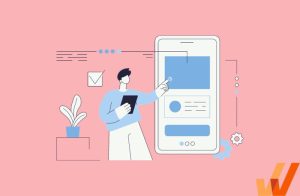14 Best Onboarding Flow Examples for New Users (2024)
- Publishd: December 17, 2022
- Updated: February 27, 2024


Like a first impression, new user onboarding is your users’ first interaction with your product. Getting your user to know your product with custom new user flows is a great opportunity to introduce them to your product’s UX/UI and direct them to your core features.
The onboarding phase is also a time when you’re at a high risk of losing a user – especially if your new user onboarding UX is complicated and clunky. A great onboarding experience aims to empower your users to realize your product’s value in the shortest amount of time.
In this article, we’ll look at new user onboarding experiences from fourteen real-world products and services to help identify what makes them effective – and how you can replicate them for your application.
What are examples of the best new user onboarding tours?
- Grammarly
- Slack
- PlanetHS
- Arcade Software
- Evernote
- Netflix
- Canva
- Duolingo
- Box
- StoryChief
- Airtable
- PlayStation 5
- TicketSmarter
What Is the Purpose of User Onboarding Flows?
User onboarding is the first and most important part of the customer journey, as it introduces a product’s features and functions. For most software products, it can take some time until the users realize the product’s full potential and find real ROI. But by following user onboarding best practices, product teams can enable new users up-to-speed quickly, allowing them to derive value from their new investment.
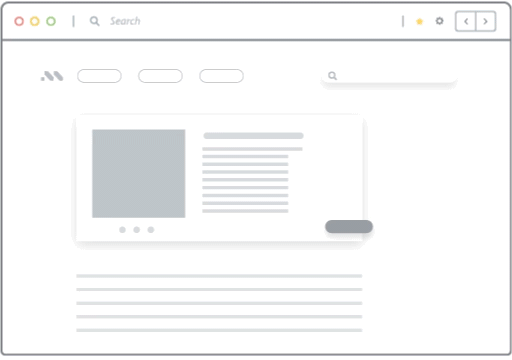
This moment when a user finds an application’s benefits is called the “aha moment” – and a world-class onboarding experience helps to cut down the time it takes to get to this moment. This is referred to as a product’s time-to-value (TTV), and a low TTV means a high rate of product adoption.
Your new user onboarding flow should accomplish the following:
- Introduce and familiarize new users with your application’s interface with a product tour
- Showcase the core benefits of your product with in-app messaging
- Teach new users how to use your app
- Finalize all account set up and registration for new users
What Makes a User Onboarding Experience Great?
Every product approaches the user onboarding experience differently. What works for one product might not necessarily work for another because the offerings and audiences differ. However, there are core fundamentals all product-led onboarding experiences have.
The shared goal for every product during the onboarding experience is to guide new users through the product in a brief, simple, and effective manner. This allows users to get the basics of how to use a product and empowers them to realize an application’s true potential in a shorter period.
New user onboarding checklists should be user-centric and use data from user testing to find what works best for your product and to refine it continuously.
Effective new user onboarding experiences are:
- User-centric
- Role / outcome-based
- Built with user actions in mind
- Informational
- Broken down into modal pieces
- Backed by user research and testing
- Simple
Create contextual user onboarding flows, drive adoption of new features, and make in-app announcements with Whatfix
Whatfix is a no-code digital adoption platform that enables product managers to create contextual in-app guidance, product-led user onboarding, and self-help user support – all without engineering dependencies. With Whatfix, create branded product tours, user onboarding checklists, interactive walkthroughs, pop-ups, smart tips, and more – all enabling customers and users with contextual guidance at the moment need. With Whatfix, analyze, build, and deliver better user experiences.
14 Best Examples of User Onboarding Experience Flows in 2024
To understand the characteristics that make a new user onboarding flow effective, let’s take a look at fourteen of the best user onboarding experiences in 2024 and breakdown what makes each guided onboarding tour effective.
1. Grammarly
Grammarly is a writing assistant tool that scans its user’s writing in documents, emails, etc. to help improve the effectiveness of a message’s copy. Grammarly adjusts the readability and clarity, helping users write at the appropriate level.
Since Grammarly has a wide range of users—from English natives to foreign and non-native English speakers—they’ve made onboarding easy to follow and understand. The app accomplishes this by taking a “learn by doing” user onboarding approach.
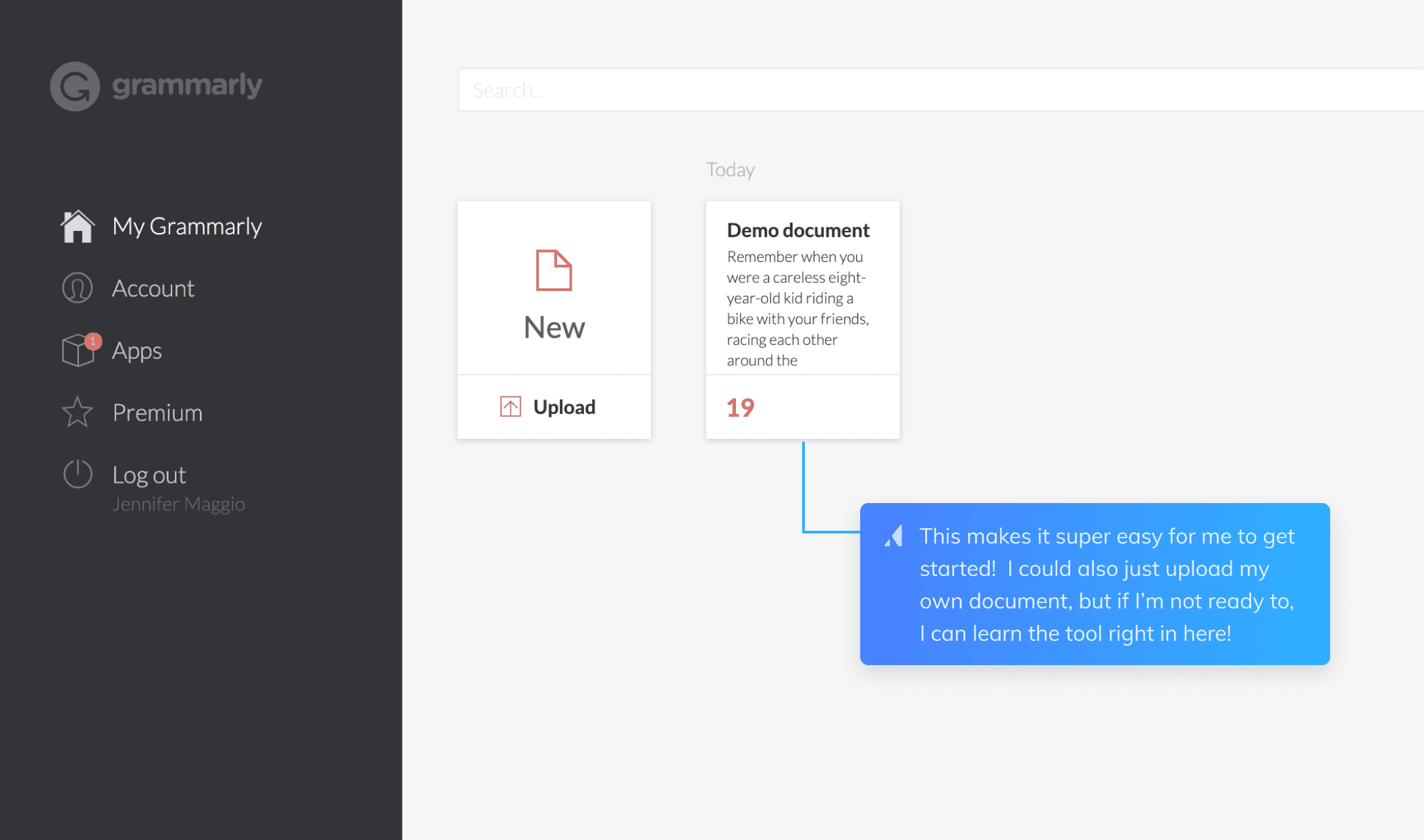
It starts the onboarding flow by providing the new user with a quick product tour – and then presents them with a demo of an example document to see how Grammarly edits a document.
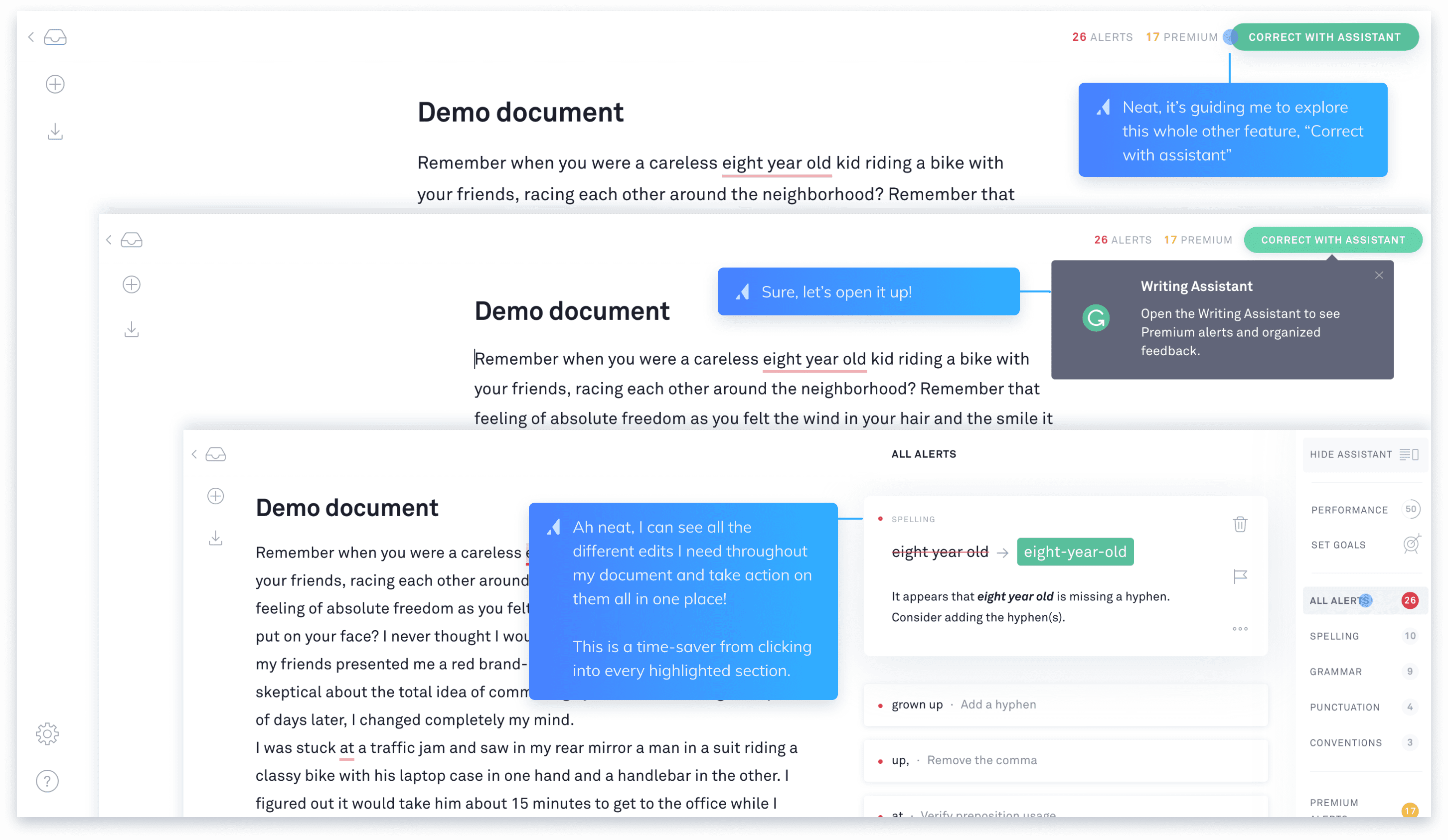
Having this demo document ready to go helps users with a real-life example that provides an interactive and visual learning experience. This lowers the barriers to entry, encouraging the user to move forward with the onboarding process.
A user further engages with the tool as they click the underlined errors in the document. Upon that click, Grammarly reveals a tooltip that corrects the error and provides a short explanation of what the issue is, This tooltip allows the user to learn from their mistakes, instead of passively accepting suggestions. Once the change is made, Grammarly moves in sequential order until the entire document is complete.
The entire process is both informative and engaging. Within just a few minutes of creating an account, users are able to get a solid graph of the platform and begin using Grammarly to improve their own writing.
2. Slack
Slack has many bells and whistles to make team communication effective. Slack’s clean (but colorful) UX and clever language help make the onboarding process seamless and enjoyable for new users.
When new users begin, they are greeted with a chatbot called Slack bot. The bot walks new users through the initial product tour. This friendly chatbot hand-holds new users through an interactive walkthrough of Slack’s main features – which are highlighted – while helping users set up their account and first channel.

The flow starts by asking users what the name of their company or team is and continues with other questions to help get the user get started without being intimidated by the process. The contextual onboarding experience helps users learn how to use the product and master it as quickly as possible.
3. Flipboard
With a simple and mostly black and white design, Flipboard is a way for users to read the “newspaper” in a modern way. Flipboard introduces users to the dynamics of flipping pages from the very start of a new user’s onboarding experience.
Flipboard starts by asking the user to select topics they’re interested in with a modal window that blocks the rest of the screen. The aspect of a personalized news feed engages and instantly pulls the user in with a personalized news board. New users are then directed to a page where they see the best and latest stories about the topics they have chosen.

4. PlanetHS
PlanetHS is an athletics management SaaS company with over a million users across student-athletes, parents, teachers, and school administrators across the United States. When you visit the PlanetHS website, it prompts users to sign in or sign up.
Right from the start, PlanetHS provides a self-help knowledge base embedded directly in its interface to guide not only new users, but existing ones as well.
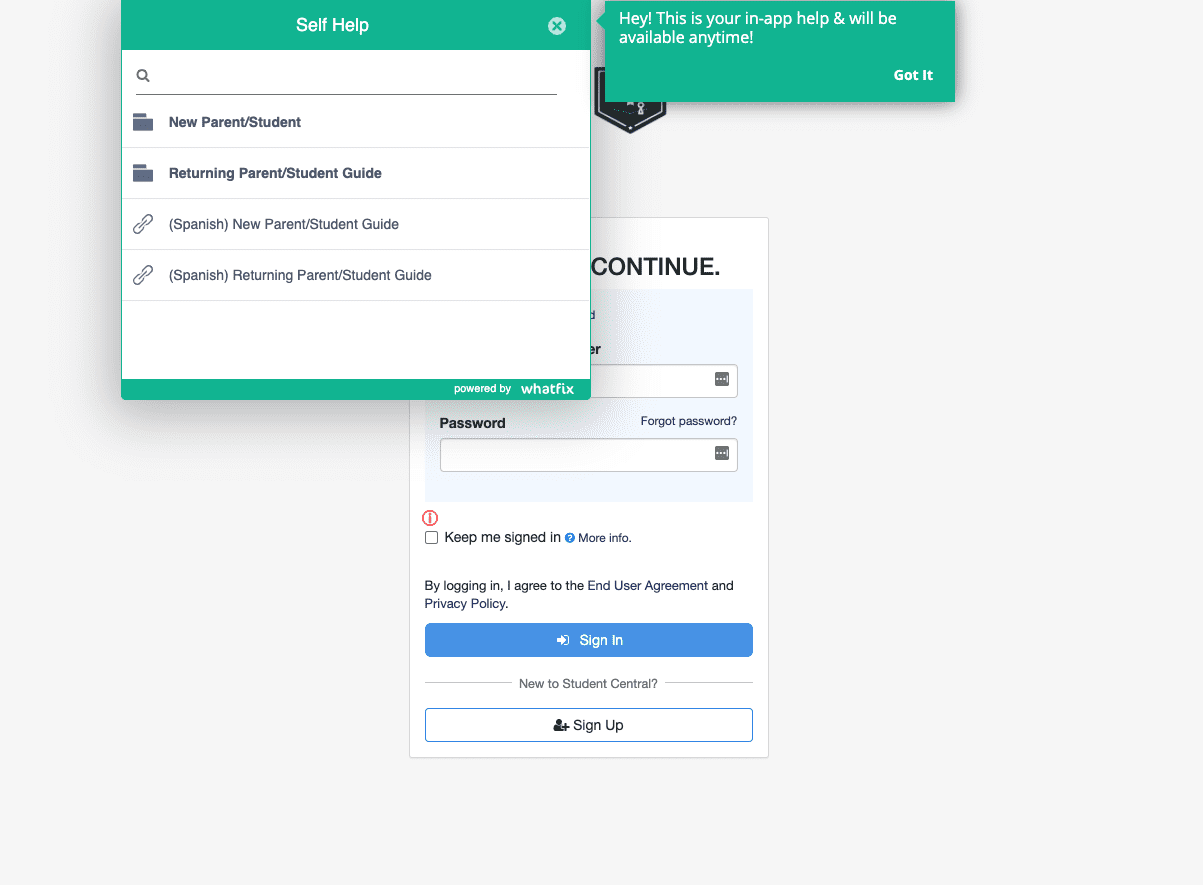
If a visitor is on the page for longer than a few seconds or begins to click around the page, a popup appears with a tip to discourage existing users from creating duplicate accounts.
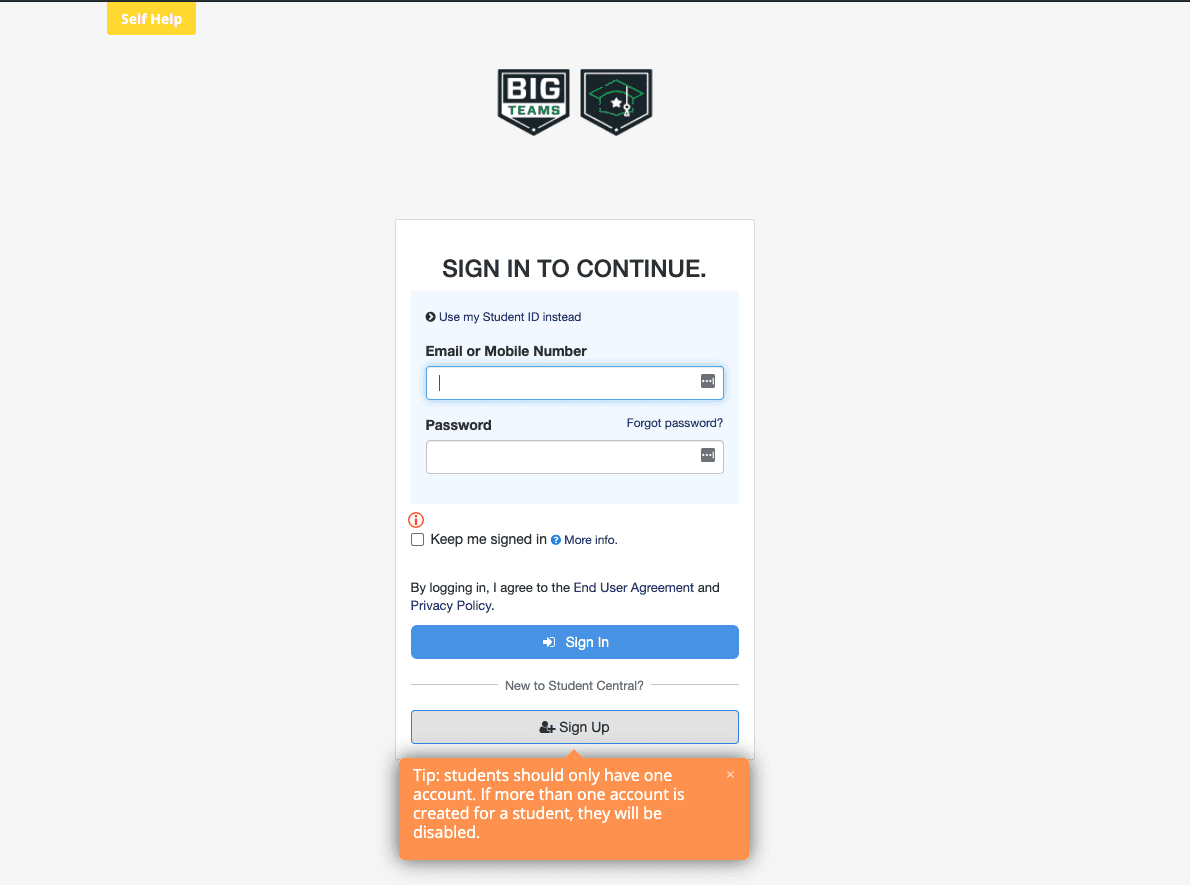
After clicking the “sign up” button, new users are taken to an account registration page with field validation tools to ensure all new users complete their onboarding.
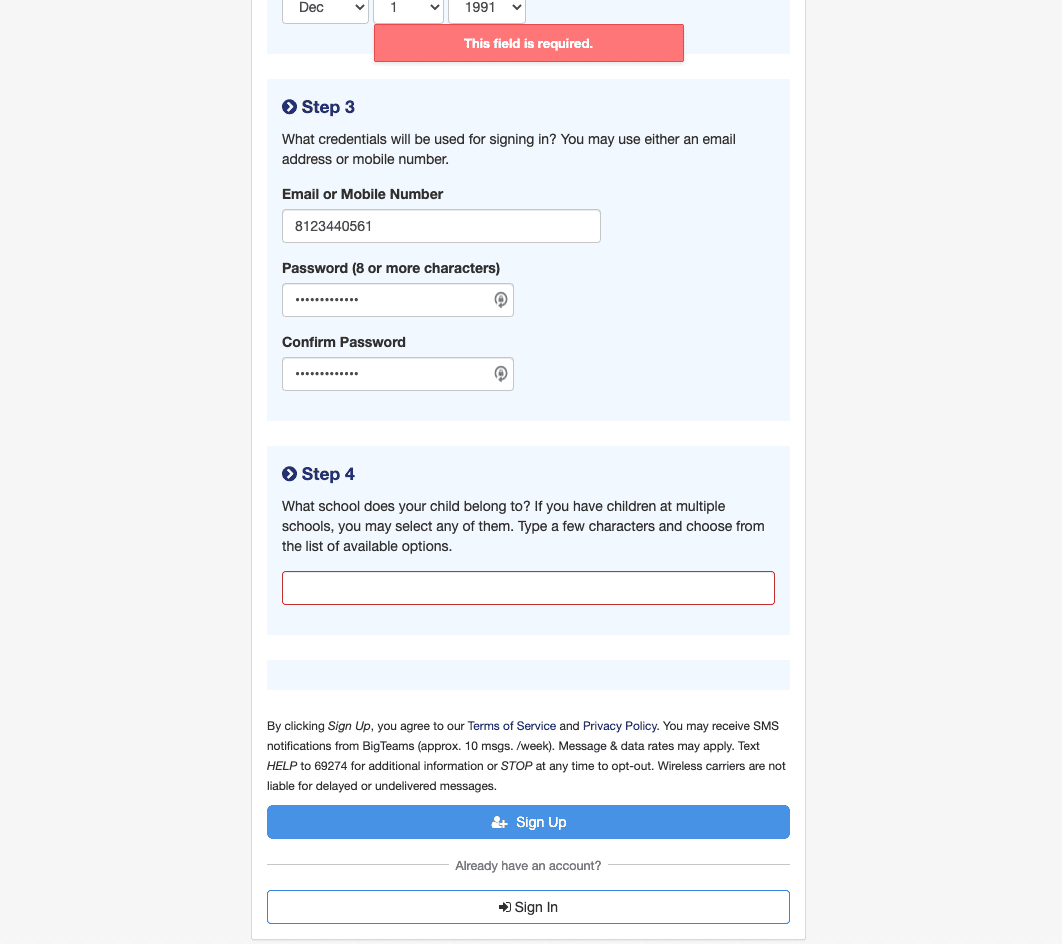
From here, PlanetHS takes it new users through a product tour to introduce users on its core features, and how to use them. The application then uses short microlearning modals throughout the app, with the purpose of decreasing the time-to-value for its users.
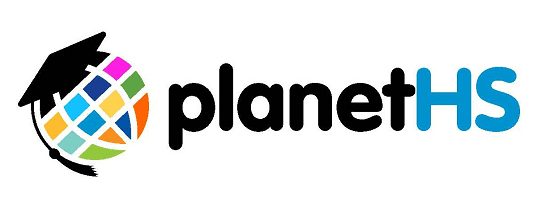
5. Arcade Software
Arcade Software is a Chrome extension that enables users to create interactive demos of their product. While many other product demo creation tools are complex and have steep learning curves, Arcade flips that on its head and offers a simple solution to creating interactive demos.
After signing up for a free account and installing the extension, new users are presented with a dashboard that has clearly taken inspiration from Loom.
On the left side of the UI is a “Get Started” task list that provides new users with six steps that help users set up their accounts and create their first Arcade demo – this is where new users experience their “aha!” moment.
It also provides a gallery of help resources at the bottom of the dashboard with how-to articles and video tutorials on how to create your first interactive demo, use cases for marketing professionals (which is personalized – during self sign-up, Arcade asked what my role was), a gallery of interactive demos built with Arcade to use as inspiration, and how to embed the demos.
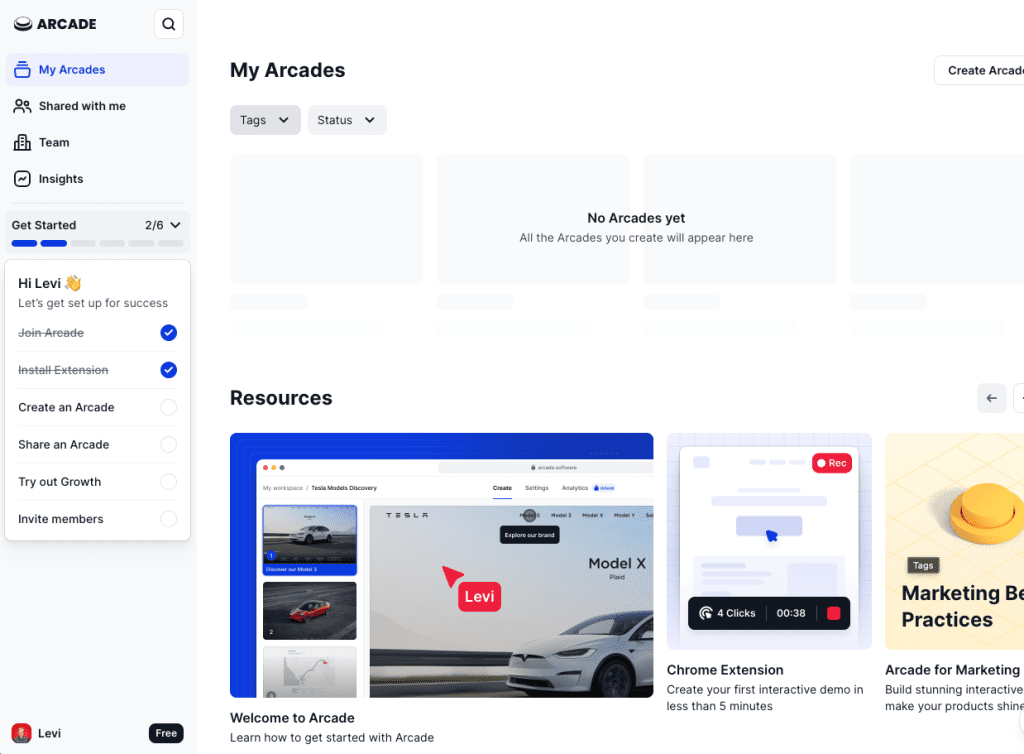
It also takes advantage of its own interactive demo technology, creating in-app walkthroughs on its help resources to guide new users through its documentation and the critical first actions for new users.

After creating your first Arcade interactive demo, new users are prompted to share it colleagues and are presented with step-by-step instructions on how to embed it on a website. Its final two steps on its new user onboarding checklist prompt you to upgrade to a paid account and to invite team members to join your account – helping drive paid conversions and new sign-ups through a product-led growth approach.
6. Evernote
Evernote is a tool that can be used for personal or business use and allows users to keep their notes organized easily in a digital notebook. Even though there are many note-taking tools, such as One Note and Notion, Evernote is by far the most popular.
What’s great about Evernote’s onboarding process is that it’s short and sweet, so users can begin note-taking in no time. First, new users are taken through a short tour to learn about the main features and functions.

The tool doesn’t stop at onboarding – it also promotes new features with in-app notifications and popups to let users know when new features have been added or updated, helping it drive its SaaS user adoption.

7. Netflix
Netflix has a wide range of users, so it’s important that their onboarding is simple and easy. What really makes Netflix’s onboarding experience great is its strong use of personalization. Once new users submit their email, select their plan, and enter their payment information, they’re asked to rate their interest across a variety of movies and shows. Netflix then aggregates a content list that its algorithm believes the user will find interesting. Users then go through the app to discover and engage with the content.
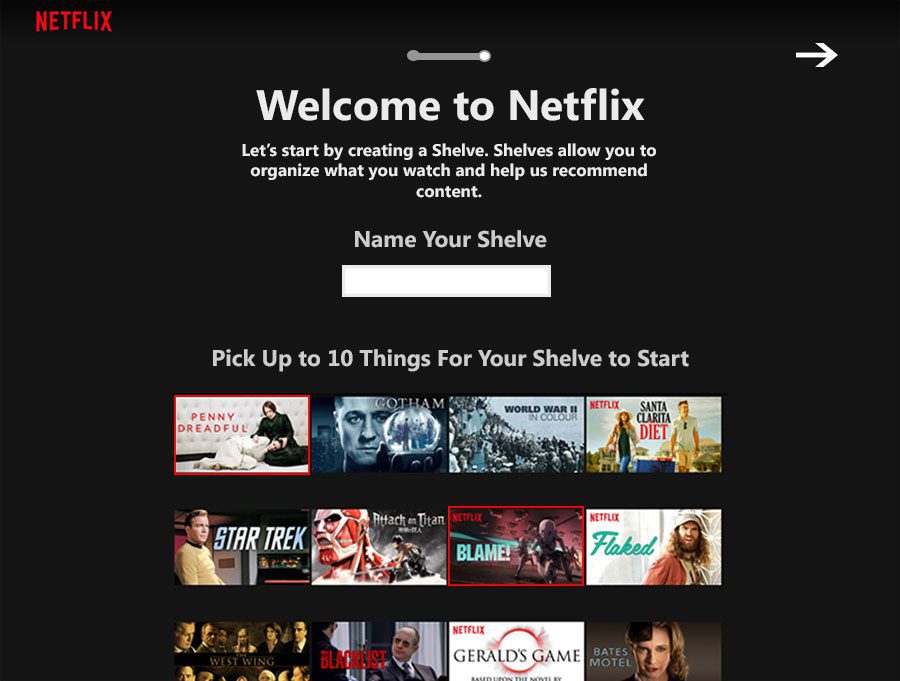
It’s also important to note that Netflix includes a page with easy-to-understand pricing. For users hesitant about entering their payment and creating an account, Netflix includes reassuring copy for new users that there is no long-term commitment, and that they can cancel at any time.

8. Canva
Canva is a free and easy-to-use design platform that can be used for any design project. During the onboarding process, users are asked how they plan to use the platform. Users are then taken through a tutorial based on their selection.
Canva’s user onboarding experience customizes the experience according to the user’s preferences – providing a tailored experience to different personas such as teachers, students, SMBs, enterprises, or non-profits.

Each tutorial provides a brief, interactive video that shows users how to create their first design.

9. Duolingo
Duolingo is a fun and engaging way to learn a new language – why wouldn’t its onboarding experience be the same?
While most apps start with a sign-up form, Duolingo begins with engaging questions to personalize the user’s experience. The variety of characters and its encouraging tone make the onboarding process both simple and enjoyable. Duolingo also offers a free version of their software, lowering the barrier to entry for hesitant users.
When starting Duolingo, you’ll notice its endearing, encouraging mascot and teacher—a green owl with glasses. Adding a character makes the experience fun and less intimidating. They then ask what language they want to learn, why they want to learn this language, and their time commitment to tailor the app to each user.

You’ll also notice a progress bar at the top of the page – this sets a user’s expectations and decreases the drop-off rate for new users. Duolingo also personalizes the user’s lessons based on their current proficiency of the language they’re learning, giving new users the option for a more impactful lesson plan and strategy.

Finally, at the end of the questionnaire, Duolingo asks the users to create a profile. This gradual onboarding flow for new users is a fantastic strategy for getting new users set up with the right account and learning style for their individual needs – and helps break up a multiple-step process into what feels like a much easier flow.
10. Box
Box is a secure collaboration and sharing platform that has a great user onboarding experience. Users get started right on the Box homepage and are kicked to the pricing page where they can see a breakdown of each price plan. Box users are then taken on a brief product walkthrough of its features, including popup tooltips that show users how to best use each of these features.
Box also does something unique with its free trial. Typically, users have 14 days to use the product for free before switching to a paid plan. Box gives users the ability to extend their trial by earning rewards for completing various onboarding tasks from their new user checklist.

This is a great way to encourage users to keep exploring the product until they reach their “aha” moment. This form of gamification brings quite a bit of value to Box, in terms of improving onboarding task completion rates for new users, improving new user retention, and decreasing the time-to-value for new users.
11. StoryChief
StoryChief organizes all your content marketing, social media, and content assets in one place. It’s a tool for startups, SEO marketers, and editorial teams to collaborate, publish content, manage content calendars, and more.
StoryChief includes a customer testimonial along with its signup form. This testimonial can be reassuring to new users, reinforcing the idea that signing up could positively affect their business. After entering a small amount of personal information, users are taken to their new dashboard. A video popup is presented and introduces users to StoryBox – taking them on a brief tour of the platform.

After watching the video, StoryChief provides users with an onboarding checklist that clearly defines the next steps for new users that drives home the onboarding experience to completion.

12. Airtable
Airtable is a project management and low-code app building for teams to create automation and task management processes. Its customization means it has many use cases across department types, roles, and industries.
This presents a challenge for Airtable’s onboarding UX, as it needs to provide contextual, relevant onboarding information to different cohorts of users. It tackles this issue by asking “what team are you on” right at the beginning of its user onboarding flow.
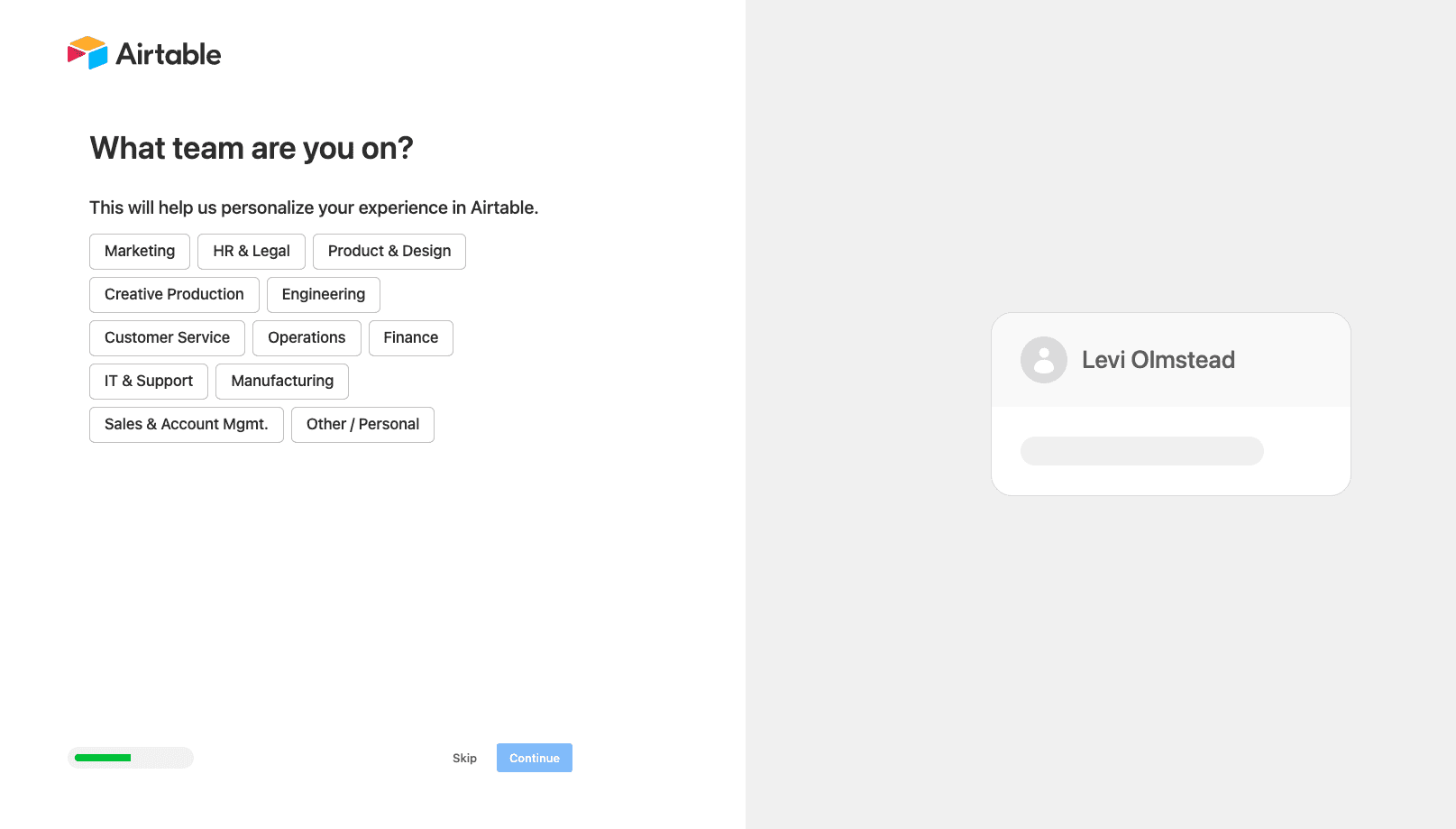
From here, Airtable provides two paths for new users: Use a template app created by Airtable, or build one from scratch.
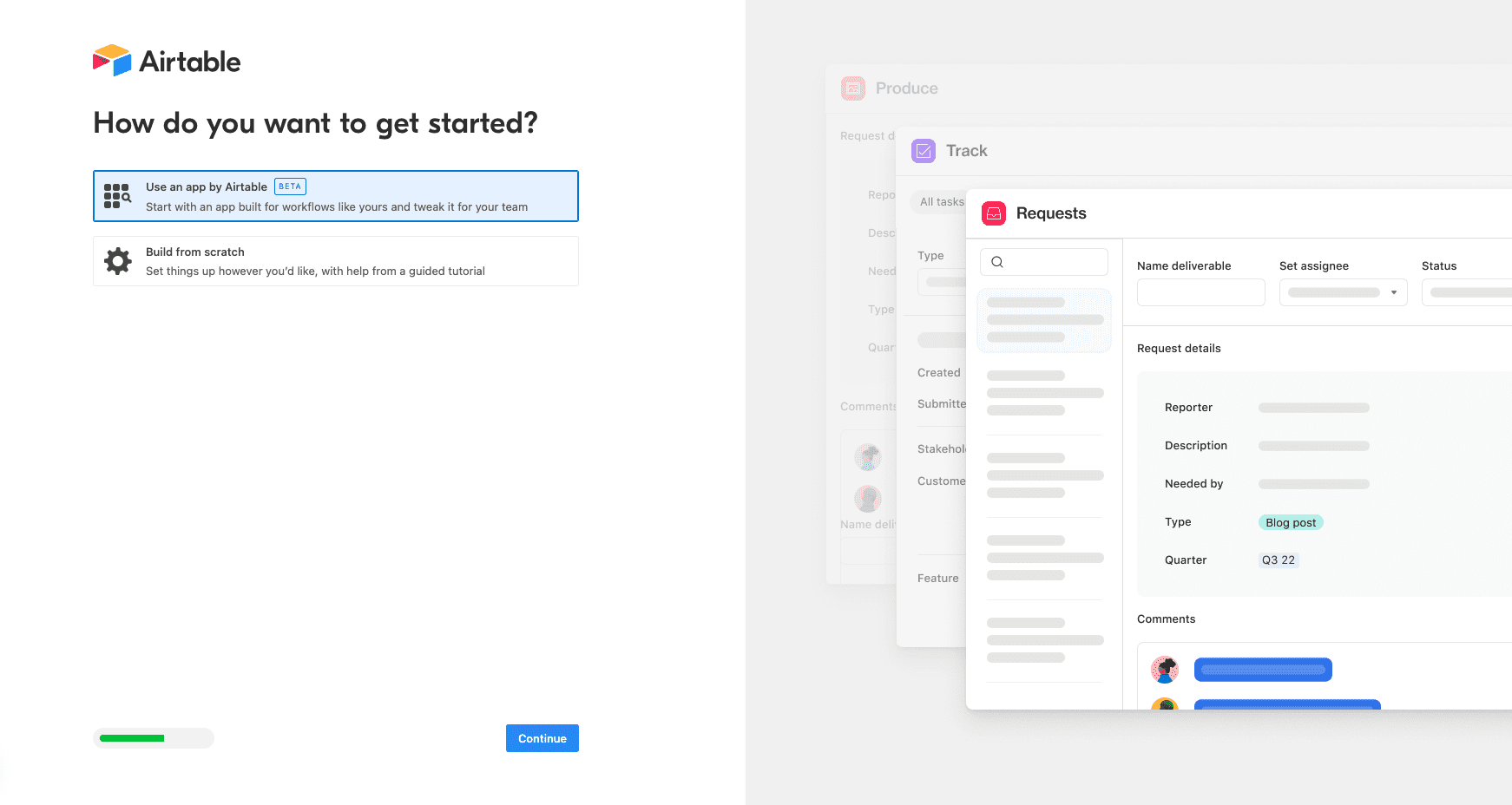
Airtable further contextualizes its new user onboarding by then presenting users with tasks and project types based upon the popular Airtable use cases for the team selected in the first step of this flow. For example, I clicked on the “marketing” team flow and was presented with options for using Airtable for blog post calendars, illustration requests, newsletter deliverables, and more.
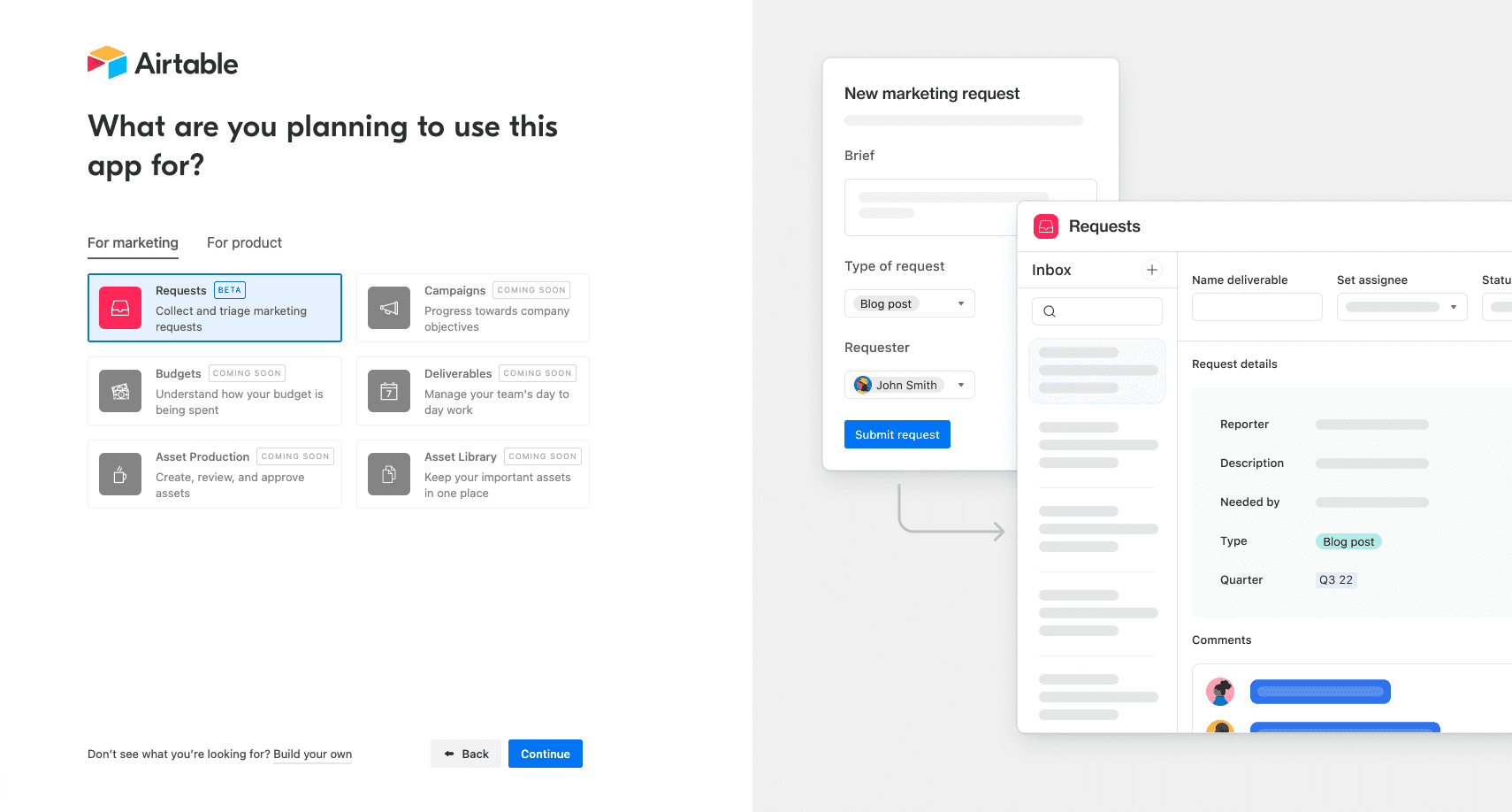
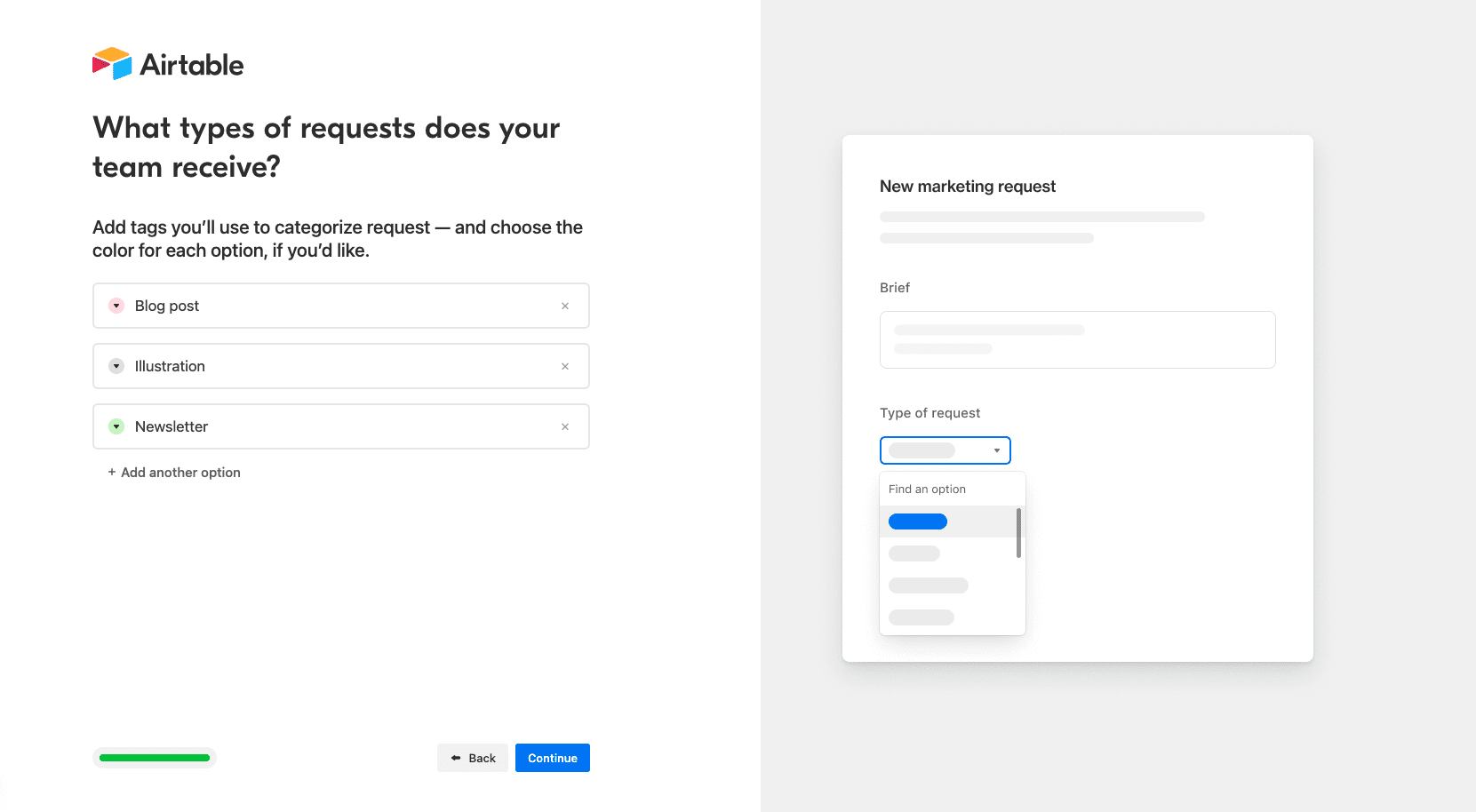
Airtable’s new user onboarding flow is a great example because it provides contextual, role-based onboarding information. This provides relevant information to different cohorts of users, helping to showcase the product’s benefits and value quickly.
13. PlayStation 5
Sony’s PS5 launched with a completely new user interface (UI). Combine that with a diverse user base, which presented many challenges in onboarding new gamers to the system.
Sony first walks new users through the technical aspects of its user onboarding right when the system is turned on. This includes setting up the system preferences to fit a user’s home setup, helping to migrate data to the system, downloading new apps, family restrictions, and much more.
Once a user has completed the technical onboarding and system setup, the PS5 onboarding UX flow moves into the next stage: acquainting users with its new dashboard and UI. Sony utilizes in-app guidance in the form of interactive walkthroughs and tooltips to users, helping to provide moment-of-need information, right in the system’s UI.
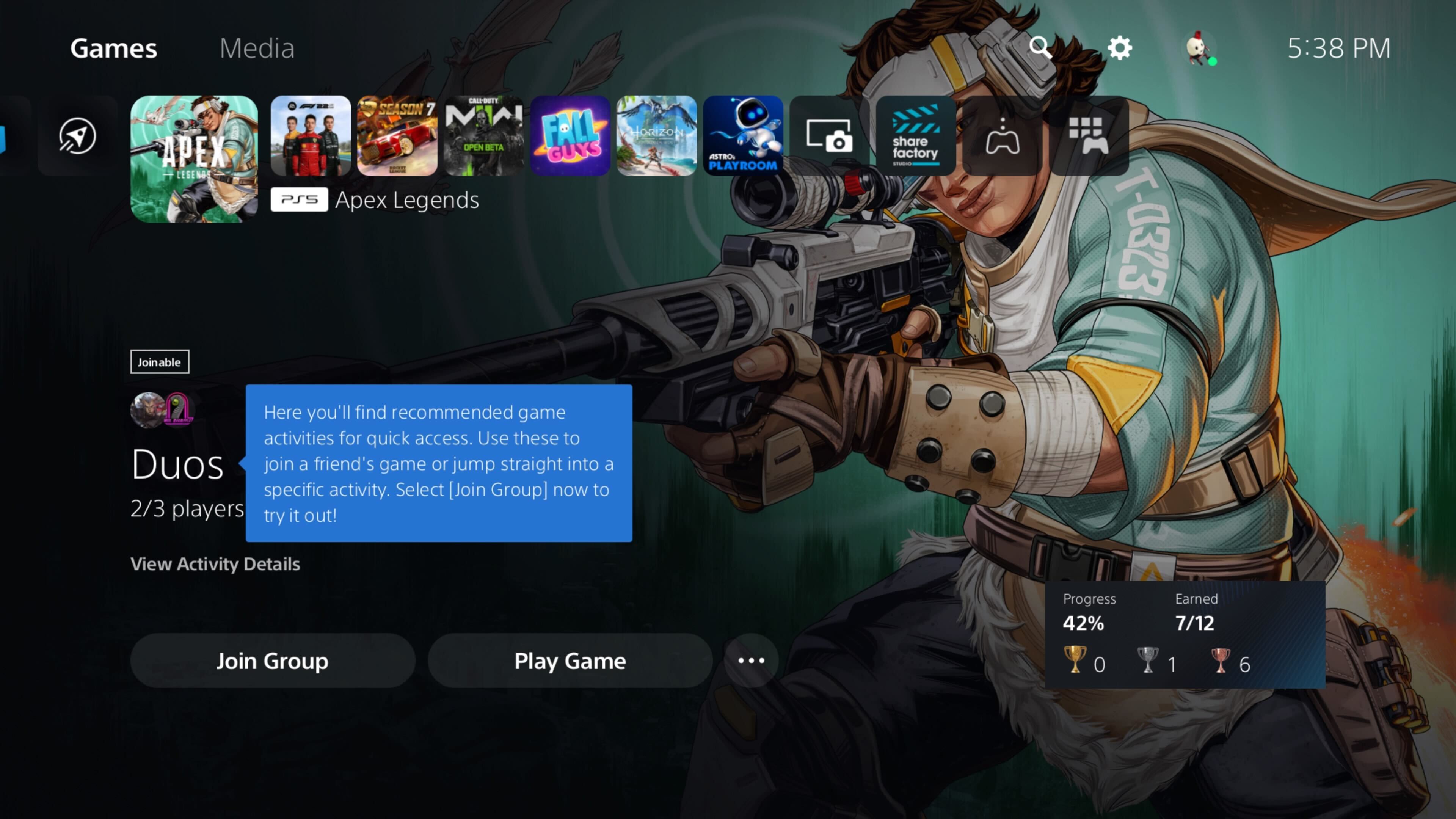
14. TicketSmarter
TicketSmarter is an online ticketing marketplace where consumers can buy tickets to events such as concerts and shows.
As a smaller ticketing company compared to Ticketmaster, LiveNation, and StubHub, it lacks the UI awareness of its competitors. This means its new user onboarding flow needed to include more user hand-holding to convert visitors to ticket buyers. It does just this by creating a step-by-step flow that guides its website visitors through its ticket-buying process for their first time.
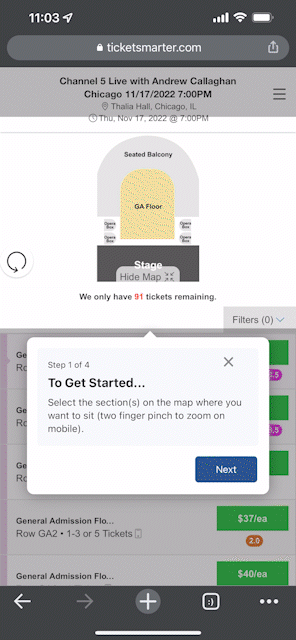
Your onboarding experience is the first impression for a user – so make it count. Invest in user testing and research to understand how users use your tools and interact with your onboarding, and continuously refine it.
With Whatfix, product teams can utilize our ACE framework to analyze, create, and engage users with contextual product-led onboarding experiences and end-user behavioral analytics.
With Whatfix’s no-code Visual Editor, create branded, in-app experiences with interactive walkthroughs, guided onboarding tours, tooltips, task lists, pop-ups, and more. Contextual these new user journeys with flows built for specific personas or end-user types tied back to a user or customer’s expected use cases or intended outcomes.

Enable your end-users with post-onboarding, on-demand support with Self Help. Self Help integrates and automatically crawls all of your onboarding documentation, knowledge base articles, FAQs, video tutorials, end-user documentation, and more – to provide a single help center that overlays your applications’ UI.
End-users are presented with contextual help and support recommendations based on where they are in your app, as well as their end-user role or persona type. End-users are also empowered with a search feature to quickly locate an answer to any support issue, at the moment of need.
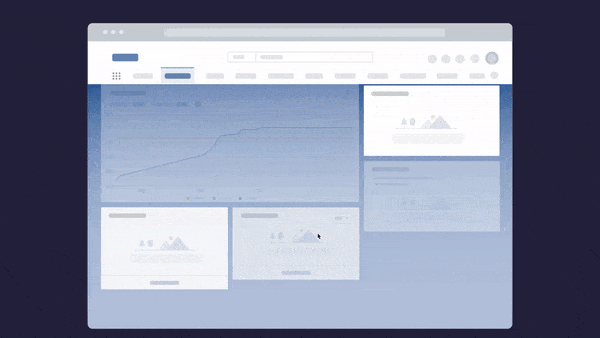
Analyze your in-app experiences and user behavior with Whatfix’s product analytics capabilities. Whatfix’s User Events and Analytics empowers customer success and product teams with a no-code event-tracking solution to track in-app guidance usage, monitor end-user adoption, segment end users into cohorts, map user journeys, identify areas of user friction, and track any custom event.
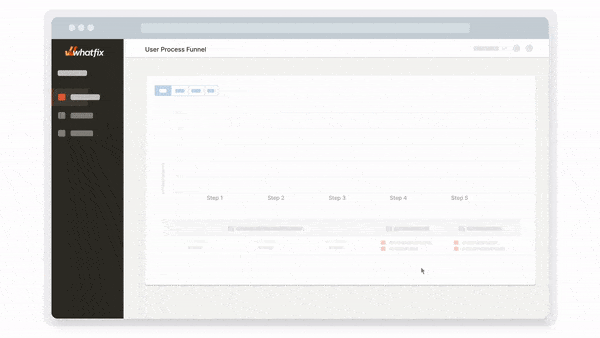
Capture customer and end-user feedback with Whatfix’s in-app Surveys. Quickly create branded surveys on NPS, user sentiment, feature requests, post-onboarding feedback, and more.
Drive feature adoption and communicate key messages to your customers and end-users with in-app Pop-Ups. Embed a video in your pop-ups to provide further education, link to additional resources on your website like your release notes, or prompt an in-app guided Flowed triggered by a user action.
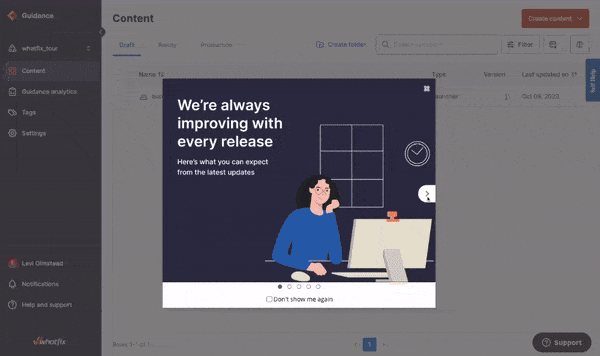
Create contextual user onboarding flows, drive adoption of new features, and make in-app announcements with Whatfix
Whatfix is a no-code digital adoption platform that enables product managers to create contextual in-app guidance, product-led user onboarding, and self-help user support – all without engineering dependencies. With Whatfix, create branded product tours, user onboarding checklists, interactive walkthroughs, pop-ups, smart tips, and more – all enabling customers and users with contextual guidance at the moment need. With Whatfix, analyze, build, and deliver better user experiences.
Request a demo to see how Whatfix empowers organizations to improve end-user adoption and provide on-demand customer support
Thank you for subscribing!


